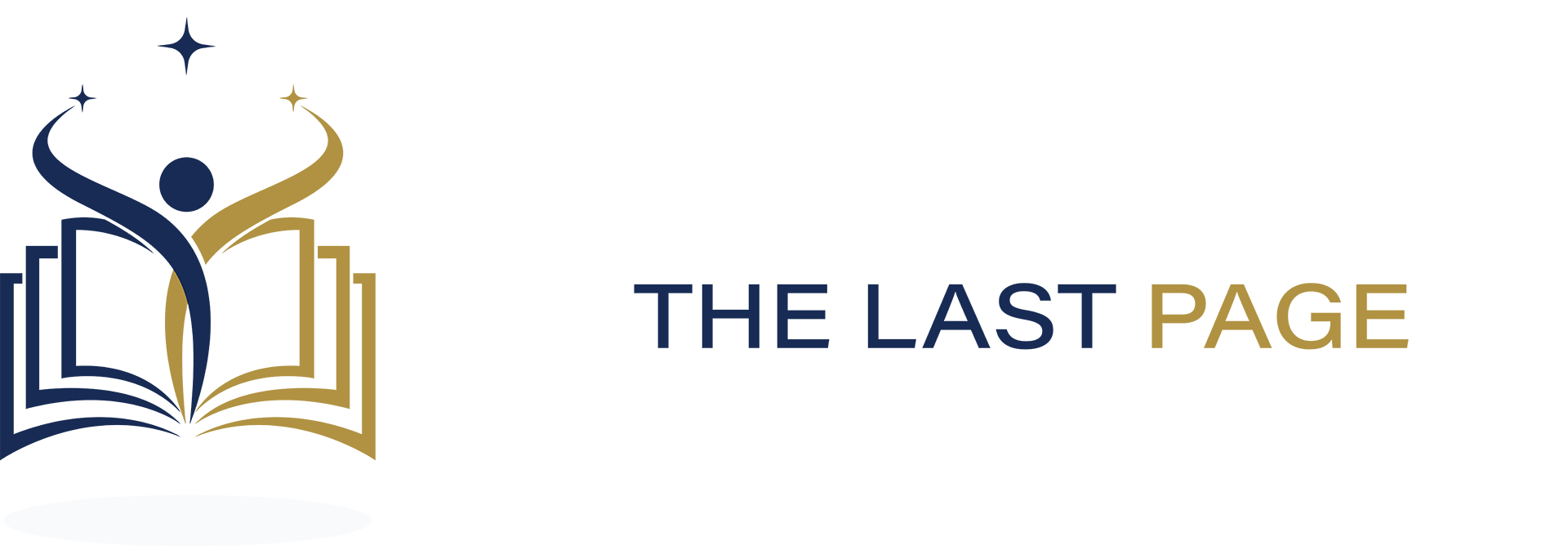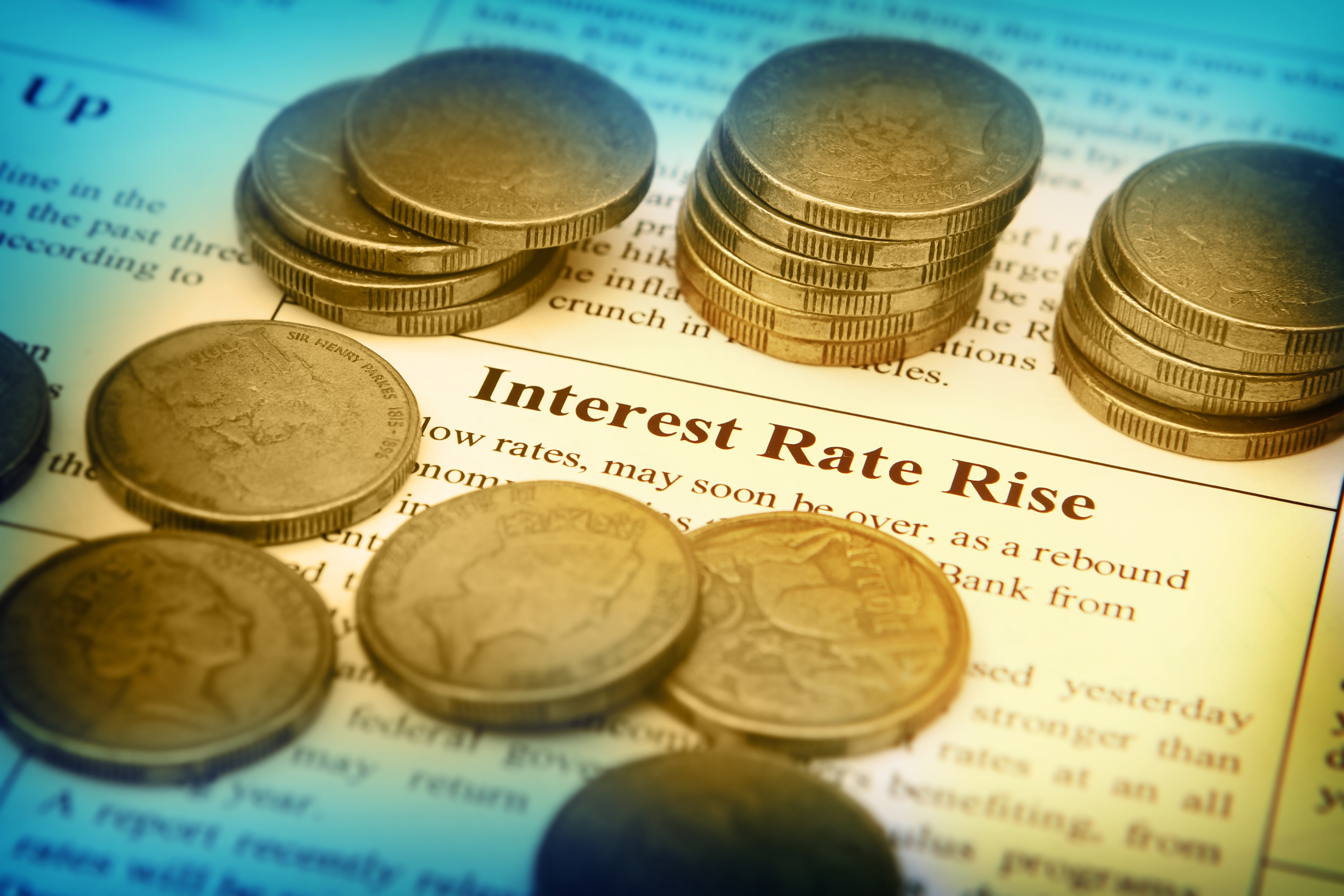Federal Fiscal Forecast: Budget 2018 was a Celebration of Fiscal Cynicism
It’s been a good few weeks for the Institute of Fiscal Studies and Democracy (IFSD). Not only have we had an opportunity to ‘kick the tires’ on Budget 2018, one could argue we’ve ‘driven that lemon into the ground’ with the generous opportunities the media has given us to comment on it. But, there is still room for more commentary on this budget, as the ample fiscal room of roughly $21.5 billion over six years that magically appeared in Budget 2018 to fund new spending becomes ever more mysterious the further one digs (Chart 1).
Budget 2018: Short and Medium-Term Implications of the New Debt Management Strategy
Major budget documents usually dedicate a section to the debt management and borrowing strategy of the federal government. And while those pages usually do not make headline news like the major policy announcements and bottom-line deficits, they are of tremendous importance. The financial markets’ community, and taxpayers in general, can find useful information in that such a section about how the government borrows money to finance its budgetary balance, non-budgetary transactions and maturing pre-existing debt stock. In Budget 2018, while no major changes were brought to debt management objectives, several changes in their implementation going forward are worth highlighting. Most importantly, the reference to “an increased focus on the issuance of short- and medium-term bonds (2-, 3- and 5-year maturities)” has been dropped. Therefore, in the coming fiscal year, the issuances of bonds will be reduced while the issuances of treasury bills will increase. In the near term, this will have an impact on the supply of those various types of Government of Canada securities available for sale. In the medium term, those decision, keeping everything else constant, will also have important fiscal implications through higher public debt charges (PDC).
Budget Spending Blackbox: Building a Bottom-Up Federal Expense Forecast
Much like the moment when the wizard is discovered in the classic movie The Wizard of OZ, the Government of Canada is asking Canadians and parliamentarians to ignore what’s going on behind the curtain of its spending forecast. Specifically, Direct Program Expenses (DPE) – the discretionary part of federal government spending – is an impenetrable black box when presented in budget documents. Indeed, the budget forecasts are so high-level that elected representatives don’t know with certainty what the government plans to spend on personnel, how many employees it expects to have in a couple of years’ time, what it plans to invest in capital, among many other unknowns.
Forecasting Public Debt Charges for the Government of Canada – Focus on Nominal Bonds and Treasury Bills
Recent developments in global market interest rates have raised concerns over the fiscal impact of higher interest rates for the first time in almost ten years. The Canadian yield curve has been rapidly reshaping in the last year. It is now both higher and flatter (meaning short-term borrowing rates have been rising faster than long-term). The Institute of Fiscal Studies and Democracy (IFSD) expects a continuation of the tightening cycle by the Bank of Canada, thereby contributing to even higher interest rates in the next five years. Higher rates, coupled with a debt management strategy focused on short- and medium-term bonds, should raise Treasury bills debt charges from $0.7 billion in the 2016-17 fiscal year to $4.0 billion in fiscal 2021-22. Nominal bonds charges should rise from $12.6 billion in fiscal 2016-17 to $18.3 billion in the 2021-22 fiscal year. Combined, those will represent 0.9% of GDP in 2021, from 0.5% today.
The Best Laid Plans of Mice and Men Are Less Likely to Go Awry: Shifting from spending on infrastructure projects to investing in infrastructure plans
Infrastructure investments have become a popular political and policy tool with governments these days in order to improve productivity, economic growth, and the standard of living. The current Government of Canada was elected in 2015 on a platform that included a promise to invest in infrastructure projects that “our country needs”. Canada’s aging infrastructure, historically low interest rates, and election commitment to run modest deficits in the short-term before soon returning to balance were key underpinnings of this election promise.
Wise Practices from Within: Approaches to First Nations Child Welfare
Over the last two years, First Nations child welfare has attracted national attention as one, among several challenges in need of immediate action and reform. A critical juncture was the Canadian Human Rights Tribunal’s (CHRT) January 2016 ruling that found the federal government’s First Nations Child and Family Services program to be discriminatory to children on reserve because of inequitable funding levels for child welfare services. The CHRT demanded the federal government reform the system.
Canada JØLTS: November 2017
Following the release of Statistics Canada’s December 2017 Labour Force Survey (LFS), the Institute of Fiscal Studies and Democracy (IFSD) has updated its Canada JØLTS analysis for November 2017.
Federal Fiscal Forecast: Can the Federal Government Really Slow Its Pace of Spending? (Revised)
This blogpost, originally published on January 9, 2018, has been revised to correct for a minor spreadsheet error. This error excluded the recently announced federal funding for home care and mental health from the calculation of program expenses from the 2017-18 through 2022-23 fiscal years. Correcting for this error increased the deficit by an average of $1.1 billion annually.
The Canadian economy entered 2017 with a bang, which led to substantially improved budget deficit forecasts in the federal government’s Fall Economic Statement (FES) 2017 than was anticipated in Budget 2017. However, 2017 looks to be closing with an economic whimper, meaning the boom times for the Canadian economy are likely coming to an end. Instead, it appears that 2018 and beyond will be characterized by the slow-and-steady pace of economic activity that Canadians have become accustomed to. And as a result of this more moderate economic performance, as outline in the Institute of Fiscal Studies and Democracy’s (IFSD’s) December 2017 Canadian Economic Forecast, the federal fiscal numbers are likely to wane along with it (Table 1). (For the IFSD’s more detailed federal fiscal forecasts, see Tables A through C.)
The (Stephen Poloz) Case for Holding On Next Week
After a stellar December employment report published by Statistics Canada last Friday, an interest rate hike by the Bank of Canada (BoC) at next Wednesday’s fixed announcement date is widely anticipated by both financial market participants and economists. The BoC’s Winter 2018 Business Outlook Survey (BoS) published yesterday reinforced that view.
Canadian Economic Forecast: Revised Economic History has the Potential to Change the Outlook for the Future
In every forecaster’s life, a little rain must sometimes fall. Assumptions held for too long can leave you left behind as new information gets overlooked. Confirming evidence bias can cause you to put more weight on the data that support your views and underweight those that don’t. Hindsight bias can lead to you overweigh past experiences that may or may not be relevant to current events. And then there’s the data itself. If it’s garbage in, it’s garbage out.






.jpg)






